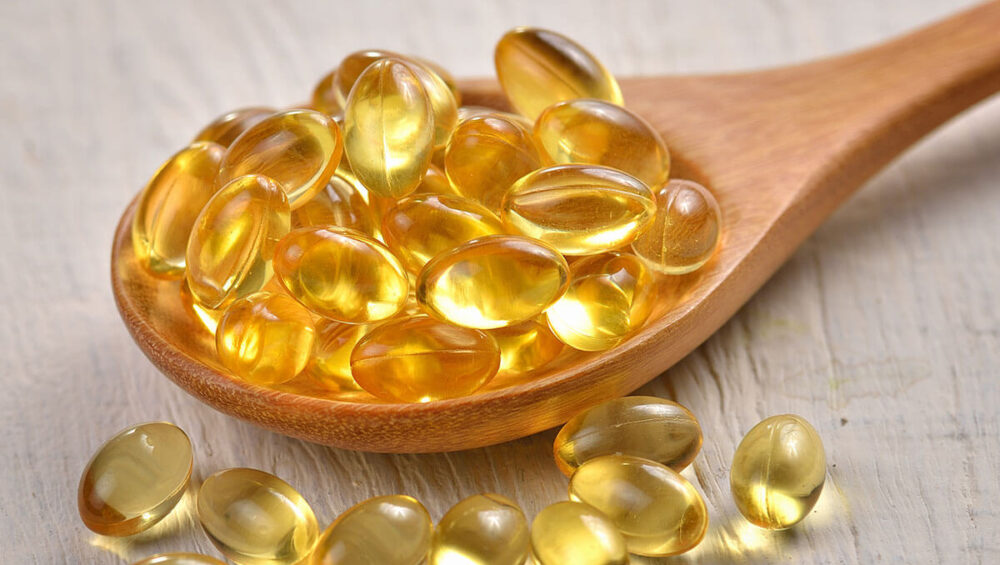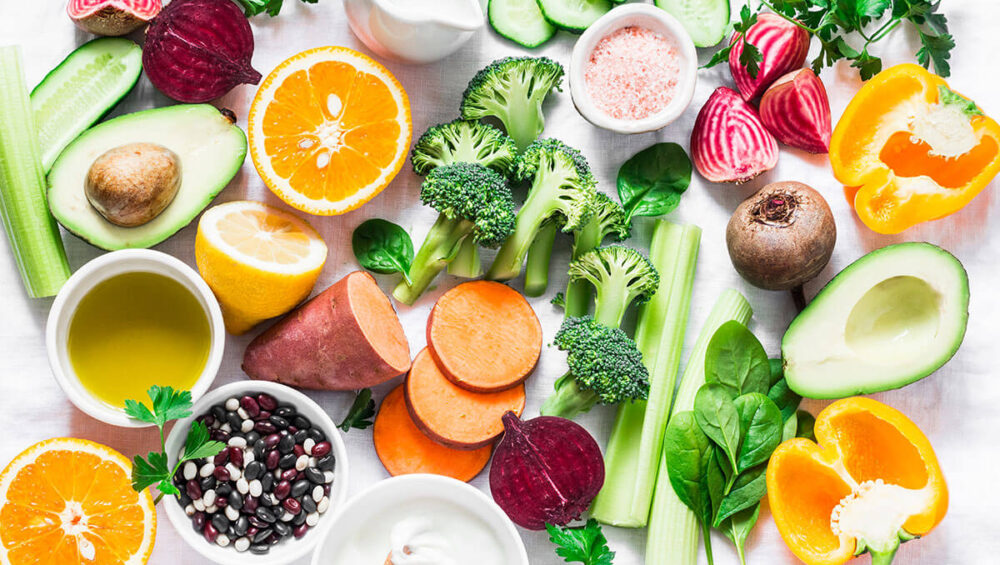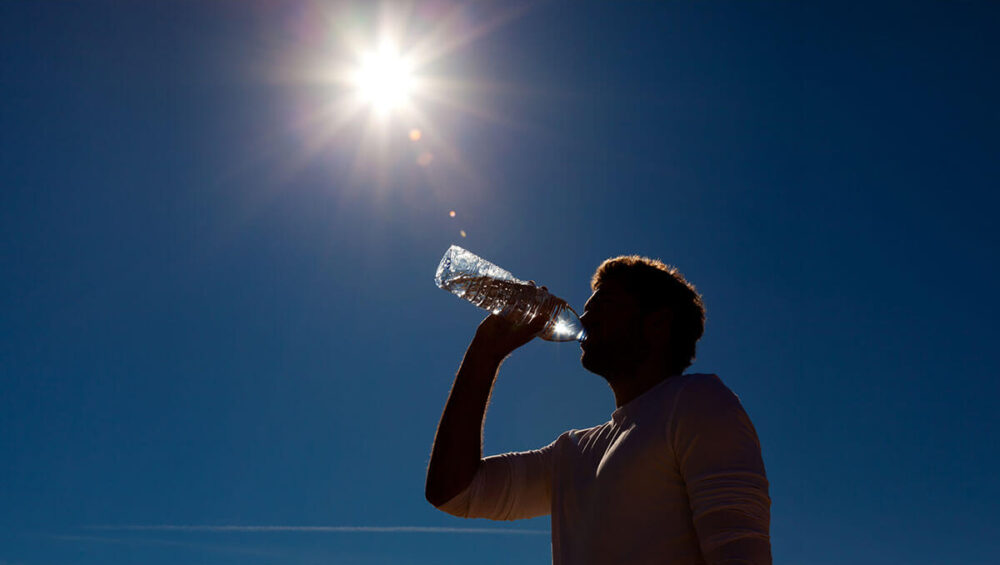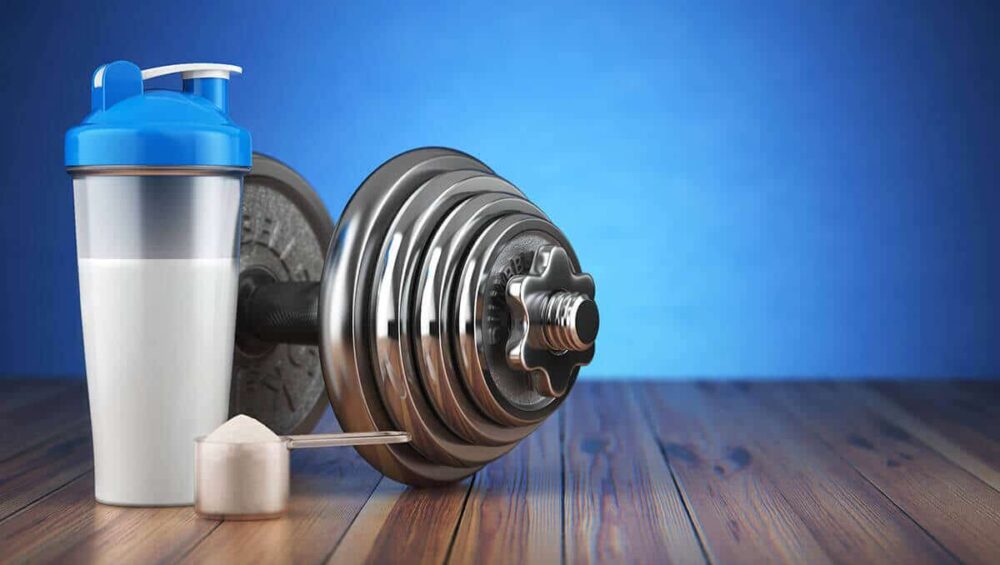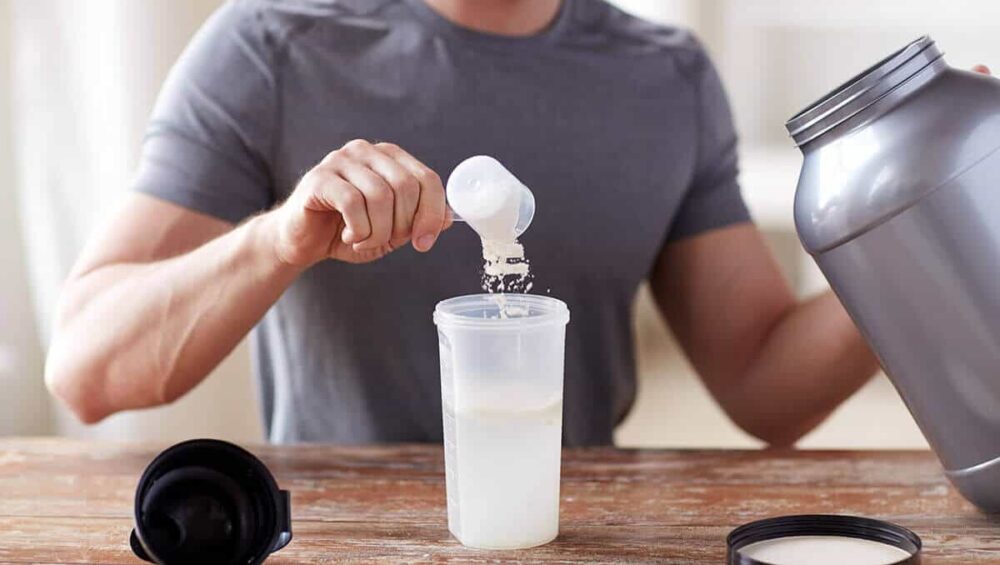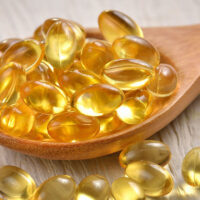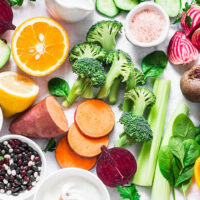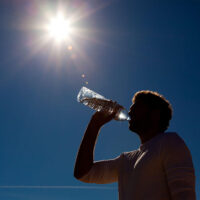What is glutamine?
Glutamine won publicity at the end of the 1980s/beginning of 1990s, i.e. more or less at the time when creatine began to be widely discussed. The amino-acid (component of proteins) distributes nitrogen around the body. This is of particular importance to athletes, as nitrogen is an ingredient of proteins and facilitates protein metabolism and muscle building:
- when the nitrogen balance is positive, i.e. when the body retains more nitrogen than it loses, anabolic processes occur (i.e. the muscles, built of proteins, grow)
- when the nitrogen balance is negative, catabolic processes occur (i.e. processes causing breakdown of body proteins and muscles).
With glutamine supplementation, you will not only develop and rebuild your muscles, but also produce more amino-acids. Why does it matter? Towards the end of the 1980s and 1990s, a number of tests were performed (MacLennan 1987, Millward 1989, Hammarqvist 1989, Guoyao and Thompson 1990), which confirmed that glutamine stimulates synthesis and inhibits decomposition of proteins. In their in vitro test of 1990, Guoyao and Thompson proved that protein synthesis depends on the concentration of amino-acids. When the concentration of amino-acids was the highest, anabolism grew by more than 58% when compared to the zero concentration.
The impressive results of the tests explain why glutamine enhances the synthesis of muscle fibres and makes a perfect addition to trainings and protein supplements.
How glutamine influences synthesis of muscle fibres
The shadow of suspicion fell on glutamine after the publication of results of a study carried out in 2008 by Louise Deldicque, stating that glutamine was a leucine antagonist, interfering with mTOR kinase in muscle cells. Leucine is a BCAA that is highly effective for stimulating skeletal muscle growth. mTOR kinase is an enzyme that stimulates protein synthesis in skeletal muscle, meaning that it facilitates the development of proteins and enhances, among others, the growth and development of cells. The enzyme is activated by anabolic hormones including, in particular, insulin, and by amino-acids, such as leucine. Both the scientist and glutamine opponents spoke with one voice that leucine and glutamine acted completely opposite and that the latter inhibited protein development, adversely affecting muscle sculpting.
How did this idea arise? mTOR kinase is produced through phosphorylation, i.e. the binding of molecules and a phosphate radical (here: serine molecules). Dr Deldicque conducted her study on maturing murine muscle cells, to which the following was added:
- leucine
- or glutamine
- or the mix of both
The addition of leucine to the substrate increased the activity of the serine molecule by more than 50% and of the other molecule by 8 times. The addition of glutamine, in turn, decreased serine activation by ca. 25%. In the last of the cases mentioned above, the addition of the mix of amino-acids increased serine molecule phosphorylation by more than 40%. An important element of the mTOR process is activation of a ribosomal protein, which initiates anabolism.
But it is the concentration of contractile proteins in muscles that is crucial. And what happened in the study was sensational! The concentration equalled 10%, 40% and 270% for leucine, glutamine and the mix of the two, respectively. These results show that glutamine has strong anabolic properties (4 times stronger than leucine). If we combine both substances, which perfectly complement each other, the growth in the anabolic properties reaches 30 times.
A more recent study (Evans, 2007) shows that together with a drop in glutamine drops the intracellular leucine concentration, as leucine is transported inside the cells by glutamine. The conclusion is simple: the bigger the amounts of glutamine and leucine, the bigger the growth of muscles.
How glutamine influences hormones and muscle growth
According to more recent studies (e.g. Li, 2004), glutamine participates pancreatic release of insulin, which is the strongest anabolic hormone in the body. This is true for slim subjects, healthy obese subjects and ill obese subjects.
Glutamine facilitates insulin release and increases its activity, enhancing sensitivity to insulin. Furthermore, it is an effective anabolic for:
- muscle tissue
- and fat tissue, with a potential of causing fat growth. There is also research showing that glutamine can be a fat burner.
The substance increases the levels of IGF-1, i.e. the growth factor secreted under the influence of the growth hormone. With glutamine, the IGF-1 remains high (up to 70%) for long. Positive effects were observed both in the young and in the elderly.
In 2007, Sharp performed an experiment on eight hard-training athletes (bodybuilders). The subjects were divided in two groups and did hard strength trainings for 4 consecutive weeks. Group 1 was given 2 g of glutamine and of BCAA daily, while group 2 was given a placebo. In group 1, testosterone grew 7 times in relation to cortisol, which was indicative of the anabolic potential of the athletes. What was significant was that not only did glutamine lower cortisol levels in the athletes’ bodies, but also inhibited cortisol catabolism (decomposition).
Nonetheless, it must be noted that cortisol-inhibiting properties are typical of glutamine administered in supplements, and are negligible in glutamine which included in alimentary proteins.
Another catabolic hormone is the TNF-α factor, which enhances myostatin production in muscles. Glutamine lowers muscle myostatin by c.a. 130%. The majority of TNF-α is produced during anaerobic efforts, which often lead to damage of muscle fibres. These include, for instance, bodybuilding trainings.
How glutamine increases immunity and endurance
Glutamine is much more than a perfect anabolic reducing the activity of catabolic hormones, as it also enhances immunity.
One of researchers (Caroll, 2004) administered a standard nourishing blend and a glutamine-enriched blend to a dozen or so critically ill patients. In group two, a 120% protein balance improvement was observed.
Glutamine enhances immunity and inhibits muscle damage caused by bacterial infections. It is also helpful in muscle wasting syndrome (cachexia) in patients with difficult and severe diseases, including cancer. In May’s experiment of 2002, a group of patients was given a blend of amino-acids while the other (experimental) group was given 14 g of glutamine combined with arginine and HMB. In the glutamine group, muscle mass grew by 1.12 kg within 4 weeks, with a decrease of 1.34 kg in the other group.
Administration of glutamine increases the concentration of muscle glycogen, allowing the athlete to train longer and with bigger weight, as his muscles get bigger and stronger. Even if glutamine supplementation increases strength by 1% only, for an athlete with a record of 100 kg this means plus 1 kg on the bar. Similarly, although muscle mass increase by 0.3% seems not much, it actually means ca. 150 g of muscles, i.e. over 1.2 kg over a period of 1 year, which is quite something for a bodybuilder.
Unbelievable results were also noted in Hakimi’s experiment of 2012. In the study, 30 students were divided in two groups, each training hard for 8 weeks. Group 1 took 25 g of glutamine daily, while group 2 took 25 g of starch. When compared to the control group, the results pointed to very positive hormonal changes: growth hormone – increase by 303%; testosterone – increase by 128%; IGF-1 – increase by 115%; cortisol – decrease by 433%. This, in turn, had the following impact on performance: Bench Press – placebo – result improved by 3.53, glutamine – result improved by 6.25; Squat – placebo – result improved by 3.54, glutamine – result improved by 6.02; muscle mass – placebo – growth by 0.9, glutamine – growth by 2.9; fat – placebo – reduction by 0.2, glutamine – reduction by 0.6 kg. As research shows, the greatest changes occurred in hormones and not in trainings.
Does glutamine help reduce fat?
Glutamine is also used when cutting down on carbohydrates and searching for a good weight burner. It is a common ingredient of mass supplements.
On the one hand, the activity of glutamine is similar to carbohydrates, but on the other, it reduces weight while helping you maintain all the desired parameters. Plus, it wins you time. Research shows that glutamine supplementation for 6 weeks improves strength by 6% and causes muscle growth by 2%.
Therefore, it is clear that the substance is a perfect supplementation of strength and bodybuilding workouts. It is an anabolic and a fat burner, with a potential to cause fat reduction. What is important here is the synergy between glutamine (muscle supplement), creatine and BCAAs (leucine, isoleucine, valine). If you are striving for mass and strength growth, a small dose of glutamine will be enough. But if you want perfect performance and aim at enhancing muscle fibre synthesis, consider combining glutamine, creatine and BCAAs. You do not need high doses, 2 to 14 g will do. With this, you get effectiveness, low price and a foundation for your strength and bodybuilding workouts.
